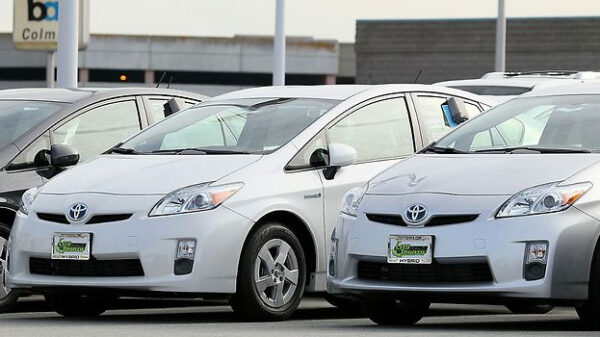NAIROBI, August 4 – Hardly a month passes by these days without hearing that a certain electronic company has introduced a new Television set model into the market.
With the competition trying to outdo each other, Kenyans are nowadays treated to a variety of TV models with a wide range of features such as less than 50 millimetre (mm) thickness and intelligent sensors – all designed to make TV viewership fun.
Within just one week recently, for example, Samsung Electronics launched its new line of High Definition televisions (HDTVs) while LG announced plans to introduce a 45mm thick TV into the market.
LG Electronics Regional Marketing Manager George Mudhune explains that the market trend is moving to flat panel display TVs which come in two types; Liquid Crystal Display TV (LCD TV) and Plasma Display Panel (PDP).
“Everyone is moving away from the old CRT (Cathode Ray Television),” he says adding that the most common and better model is the LCD TV.
He says although both models look alike, the LCD TV has a much better resolution, its brighter, uses less power and has a life span of about 40 years compared to the latter model whose life span is much shorter, at about 20 years.
Mudhune advises that these are some of the features that consumers should look out for when purchasing their sets.
Most of these new sets are digital, already with compliant with the 2015 deadline to migrate from analogue to digital broadcasting.
The International Telecommunication Union (ITU) set a deadline of June 2015 for Africa and Europe Region to have migrated.
Broadcasters and consumers who will not have migrated will have their services such as picture distorted and degraded.
Mudhune however predicts that the uptake of digital television sets in Kenya will increase to more than 150, 000 units annually in the next seven years.
Currently, the TV market size stands at 140, 000 units per year and as the country moves towards beating the 2015 deadline more consumers are likely to purchase the digital sets as opposed to acquiring signal converters referred to as ‘set-top’ boxes.
“The TV market keeps growing, so as we progress towards the deadline, we will see the total consumption per year surpassing the 150,000 units,” he added.
Although he warns that having the set box is only a stand-by measure as the consumer will not be able to enjoy the full features of the digital sets, he admits that the exuberant prices for the electronics is prohibitive for many Kenyans.
He is also of the opinion that with time and once mass production of the TVs begins, the prices will come down.
“Kenyan prices are still competitive compared to the rest of the world,” he explains.
While admitting that the situation might cause the country to be used as a dumping ground for analogue sets, he has called on the government to put in place a legislation that will protect consumers against such uneconomical investments.
Currently there is no legislative framework governing the importation of analogue television sets, which means that there will continue to be an influx of such sets.
“Once our broadcasters shift, then the consumers will also appreciate the quality of digital broadcasting and probably this will progress the market faster,” Mudhune offers.
This revelation comes even after it has emerged that 90 percent of all TVs being sold in the market are analogue sets while 98 percent of the same are already in use.


































